As part of the Hardware Hacking Challenge I thought that I'd try to resurrect a Pong game that I built back in 1978. My intro blog is here: Pong Game Circa 1978
Since it came out of my junk box and seemed to be in poor condition I thought that I probably should have proof of life before I invested too much effort in restoring it. I was somewhat surprised that the 30 AWG wirewrap wire that I had used had oxidized and become brittle. Some of the wires were actually broken. I still use 28 AWG wire of the same vintage and the unused wire seems like new. I guess maybe the wire may have reacted with the metallization of the wirewrap pins. Anyway, I decided I should rebuild the circuit from scratch - just reusing the ICs and the crystal.
So, I cut the circuit board out of the case (who used connectors back then  ).
).
Top of the board:
- Pong chip AY-3-8500-1 (-1 for NTSC) Date code 7707
- 4072 CMOS Dual 4 input NOR
- 4001 CMOS Quad 2 input NOR (might be a 4011 Quad NAND - can't read the marking)
- 2MHz crystal
- 6.3V zener - I had used 9V batteries for power (I probably could have run the parts directly but the typical voltage for the Pong chip is +6V to +7V)
The bottom of the board: You can see the blackened wire ends wrapped on the pins.
Switches and jacks viewed from inside the case:
To verify life I thought that I'd just power it up and verify the clock circuit and that the video sync and composite outputs were working.
2 MHz oscillator waveform:
Video sync:
Composite video:
So looks good to proceed. Hope to have a functioning game soon. I just realized that I'll have to scare up a composite monitor......

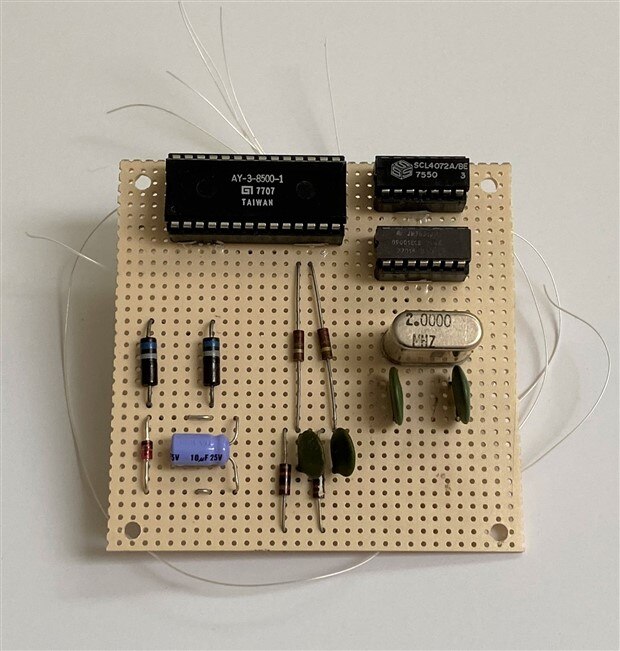
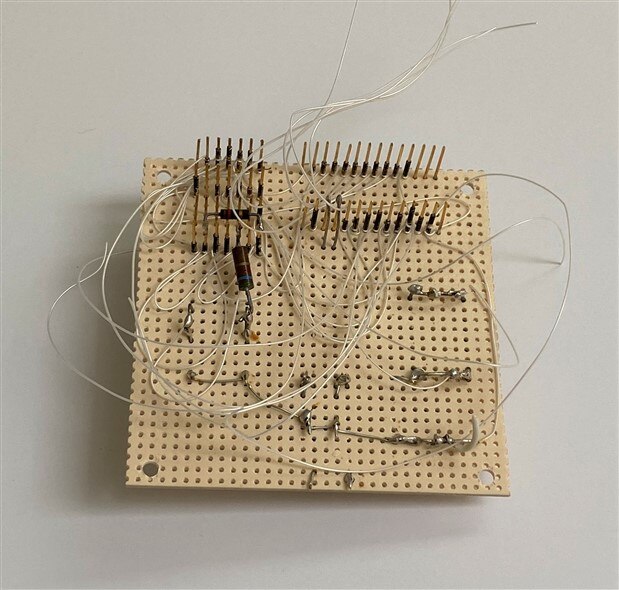
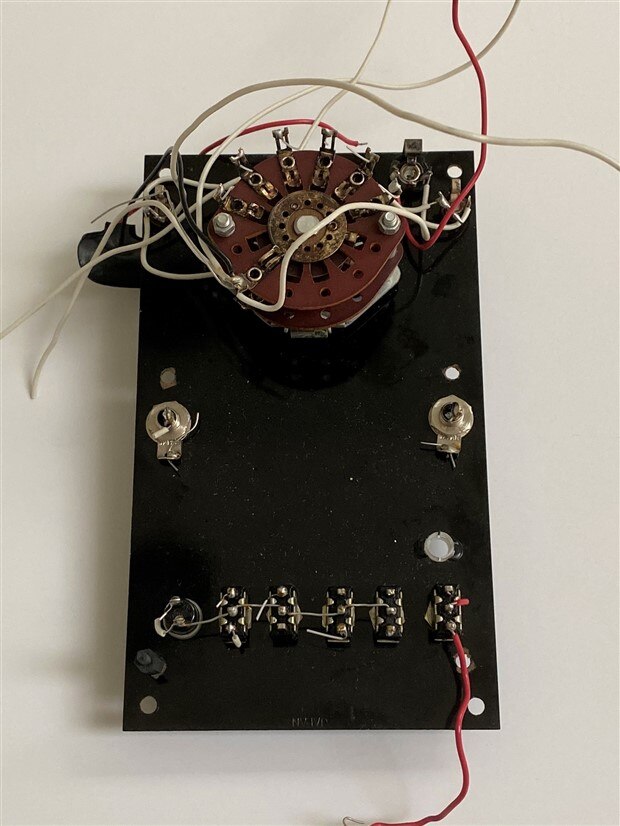
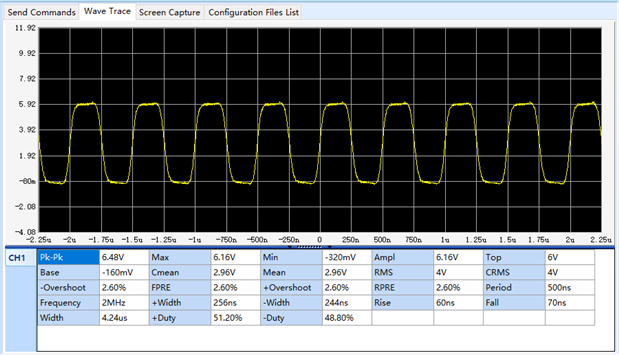
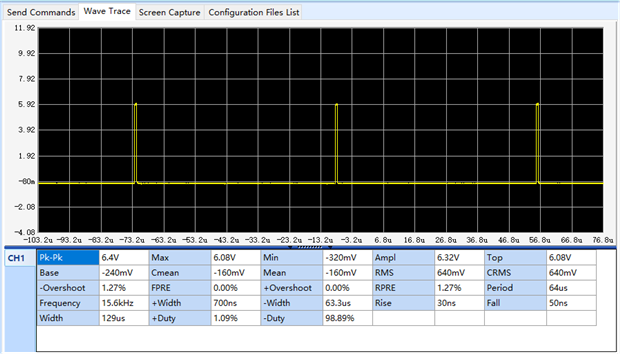
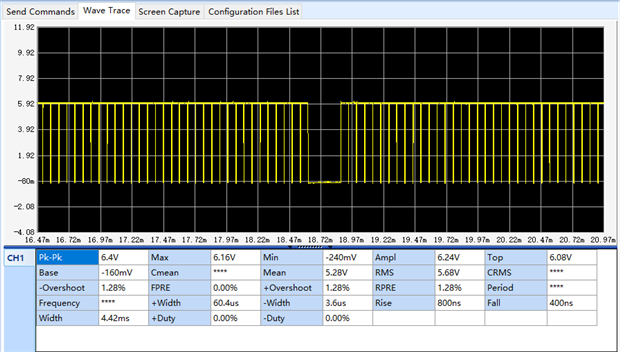
Top Comments
-

dubbie
-
Cancel
-
Vote Up
+4
Vote Down
-
-
Sign in to reply
-
More
-
Cancel
-

ralphjy
in reply to dubbie
-
Cancel
-
Vote Up
+4
Vote Down
-
-
Sign in to reply
-
More
-
Cancel
-

dubbie
in reply to ralphjy
-
Cancel
-
Vote Up
0
Vote Down
-
-
Sign in to reply
-
More
-
Cancel
Comment-

dubbie
in reply to ralphjy
-
Cancel
-
Vote Up
0
Vote Down
-
-
Sign in to reply
-
More
-
Cancel
Children